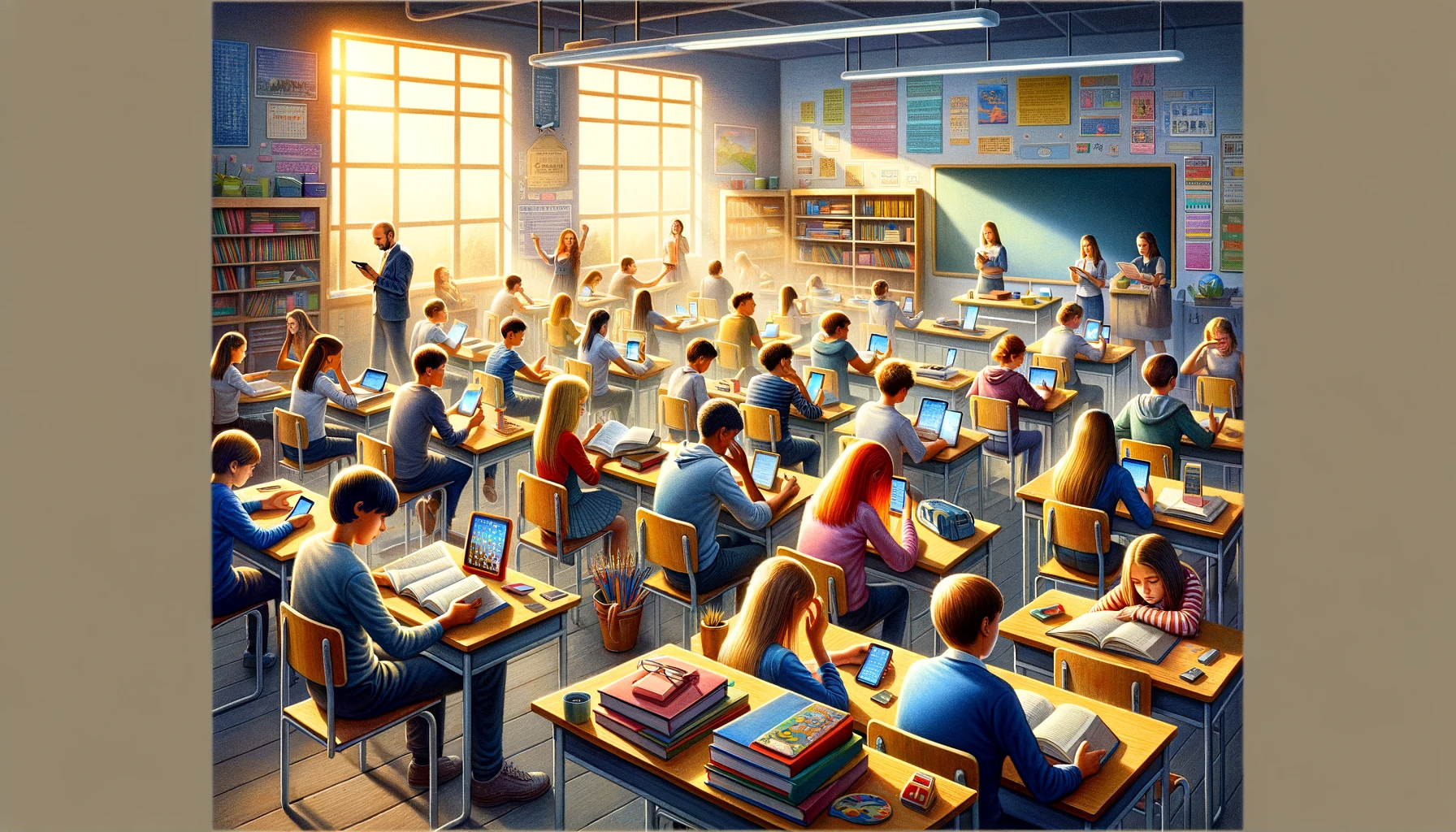Digital Detox Kids:
Introduction
Welcome to our latest blog post! Today, we’re diving into a topic that’s sparking conversations around the globe: the recent cell phone bans in Russian and Swedish schools. This groundbreaking decision is not just about technology use; it’s a bold step towards protecting our children’s health and wellbeing in the digital age. Let’s explore what this means for the future of education and child development.
The Pioneers of Change: Russia and Sweden’s Bold Move
Russia and Sweden have taken a stand that’s resonating worldwide. By banning cell phones in schools, these nations are prioritizing the mental and physical health of their students over the convenience of constant connectivity. This policy is a wake-up call, reminding us of the importance of human interaction and the potential risks of excessive tech use.
The Science Behind the Ban
The decision isn’t just a matter of opinion; it’s backed by science. Experts like Dr. Oleg A. Grigoriev emphasize the need to reduce children’s exposure to harmful factors in information and communication technologies, with a particular focus on the risks posed by cell phones and wireless radiation.
A Comparison with Other Countries
Interestingly, Russia and Sweden aren’t alone in their approach. Countries like England, France, the Netherlands, and several others have implemented similar bans. However, the approach in the United States remains significantly different, sparking a debate on the best way forward for educational technology.
The Russian Approach: A Comprehensive Strategy
Russia’s strategy goes beyond just banning cell phones in classrooms. The nation has established stricter environmental limits on wireless radiation and prohibited the installation of cell tower antennas on school properties. This holistic approach reflects a deep commitment to safeguarding children’s health in all aspects.
Sweden’s Focus: Creating Distraction-Free Learning Environments
Sweden’s ban, specifically targeting students up to around 16 years old, aims to create a distraction-free learning environment. By extending the ban to breaks between classes, Sweden is fostering an atmosphere where students can engage more with their peers, free from the constant pull of their digital devices.
Recommendations for Safe Tech Use
Both countries have put forth recommendations to ensure safer technology use among children. These include limiting screen time, encouraging the use of books for educational purposes, and setting specific guidelines for using computers and tablets.
The Global Implications: A Shift in Educational Paradigms
This movement marks a significant shift in educational paradigms. It’s a call to action for educators, parents, and policymakers worldwide to reassess the role of technology in our children’s lives and its impact on their development.
Conclusion: A Step Towards a Healthier Future
The cell phone bans in Russia and Sweden are more than just regulations; they’re a statement about the world we want to create for our children. It’s a world where health and human connection take precedence over digital immediacy. As we navigate this ever-changing digital landscape, let’s take inspiration from these countries and work towards a healthier, more balanced future for our younger generations.
Read more about screens and health at Envirnmental Health Trust’s Healthy Tech at Home Project website.
News articles
Grundskolan ska bli helt mobilfri | SVT Nyheter
Moscow Times, Dec 6, 2023








